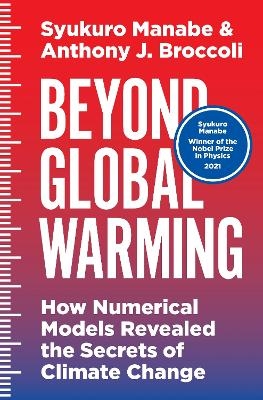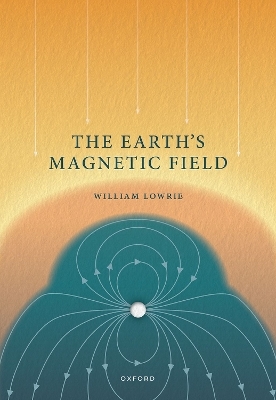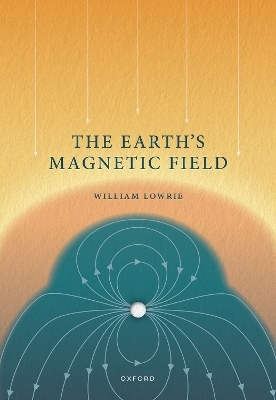
Fundamental Problems in Solar Activity
Pergamon (Verlag)
978-0-08-042339-5 (ISBN)
- Titel ist leider vergriffen;
keine Neuauflage - Artikel merken
This volume reviews the state-of-the-art in understanding of solar active phenomena in the areas of key structures producing solar activity; initiation and development of transient activity; non-thermal phenomena in the Sun and the interplanetary medium and also flare prediction, and long-term solar variability forecast. A comprehensive view of solar activity is provided ranging from the fundamental physics associated with the origin, initiation and development of transient phenomena, to the more practical aspects related to the prediction of solar "weather" and "climate", which affect the solar-terrestrial system. Results from new missions have been presented.
Part 1 Magnetic Field Organization: The birth and evolution of solar active regions (V. Gaizauskas). Electric currents in magnetic flux-tubes (J.C. Henoux, B.V. Somov). Co-rotating structures of the inner heliosphere from helios photometer and in-situ data (B. Jackson et al). Part 2 Interplanetary Magnetic Field and Solar Wind: Properties of the solar wind (M. Velli. R. Grappin). Mass acceleration processes - the case of the coronal mass ejection (B.C. Low). Structure of a fast coronal mass ejection from radio observations (N. Gopalswamy, M.R. Kundu). Part 3 Heating Energy Storage and Stability: Coronal heating and solar activity - the role of waves (G. Einaudi et al). Magnetic field structures and flares (T. Sakurai). Sites of flares and filaments in solar active regions (B. Schmieder et al). Part 4 Flare Triggering and Flare Energy Release: Flare precursors and triggering (G.M. Simnett). Temporal characteristics of solar hard X-ray/gamma ray bursts observed by Phebus (R. Talon et al). Frequency distributions of solar X-ray flare parameters (N. Crosby et al). Return current losses in pulse beam heating of the solar atmosphere (M. Karlicky, J.-C. Henoux). Part 5 High Energy Processes: Some initial results from the Yohkoh observations of solar high-temperature and high-energy phenomena (Y. Uchida). Initial results from the solar flare X-ray observations with Ulysses (S.R. Kane et al). Comptel observations of solar flare gamma-rays (M. McConnell et al). Part 6 High Energy Processes and Effects: The relationship between energetic electrons interacting at the Sun and escaping to the interplanetary medium (R.P. Lin). Interferometric observations of solar flares at 3mm wavelength (M.R. Kundu et al). Consequences of chromospheric irradiation in white light flares - an observer's point of view (D.F. Neidig). Part 7 Interplanetary Medium and Particle Propagation: Non-thermal particles in the interplanetary medium (D.V. Reames). Shocks as mechanism for the acceleration and propagation of energetic particles (M.-B. Kallenrode). Solar energetic proton mean free paths (W. Wanner et al). Part 8 Elemental Abundances: Elemental abundances in active regions, flares and interplanetary medium (J.-P. Meyer). Coronal abundances of O, Ne, Mg and Fe in solar active regions (J.L.R. Saba, K.T. Strong). Part 9 Project and New Facilities: The NASA high energy solar physics (HESP) mission for the next solar maximum (R.P. Lin et al). Part 10 Long Term Variability, Solar Prediction: Long term variability of solar activity (N.N. Kontor). Relationship between solar activity and luminosity (C. Froehlich). Solar-terrestrial predictions (J. Hruska, M.A. Shea).
| Erscheint lt. Verlag | 31.10.1993 |
|---|---|
| Reihe/Serie | Advances in Space Research S. ; Vol 13 |
| Zusatzinfo | 24 illustrations, 350 line drawings, references |
| Verlagsort | Amsterdam |
| Sprache | englisch |
| Gewicht | 726 g |
| Themenwelt | Naturwissenschaften ► Geowissenschaften ► Geophysik |
| Naturwissenschaften ► Physik / Astronomie ► Astronomie / Astrophysik | |
| ISBN-10 | 0-08-042339-6 / 0080423396 |
| ISBN-13 | 978-0-08-042339-5 / 9780080423395 |
| Zustand | Neuware |
| Haben Sie eine Frage zum Produkt? |
aus dem Bereich


